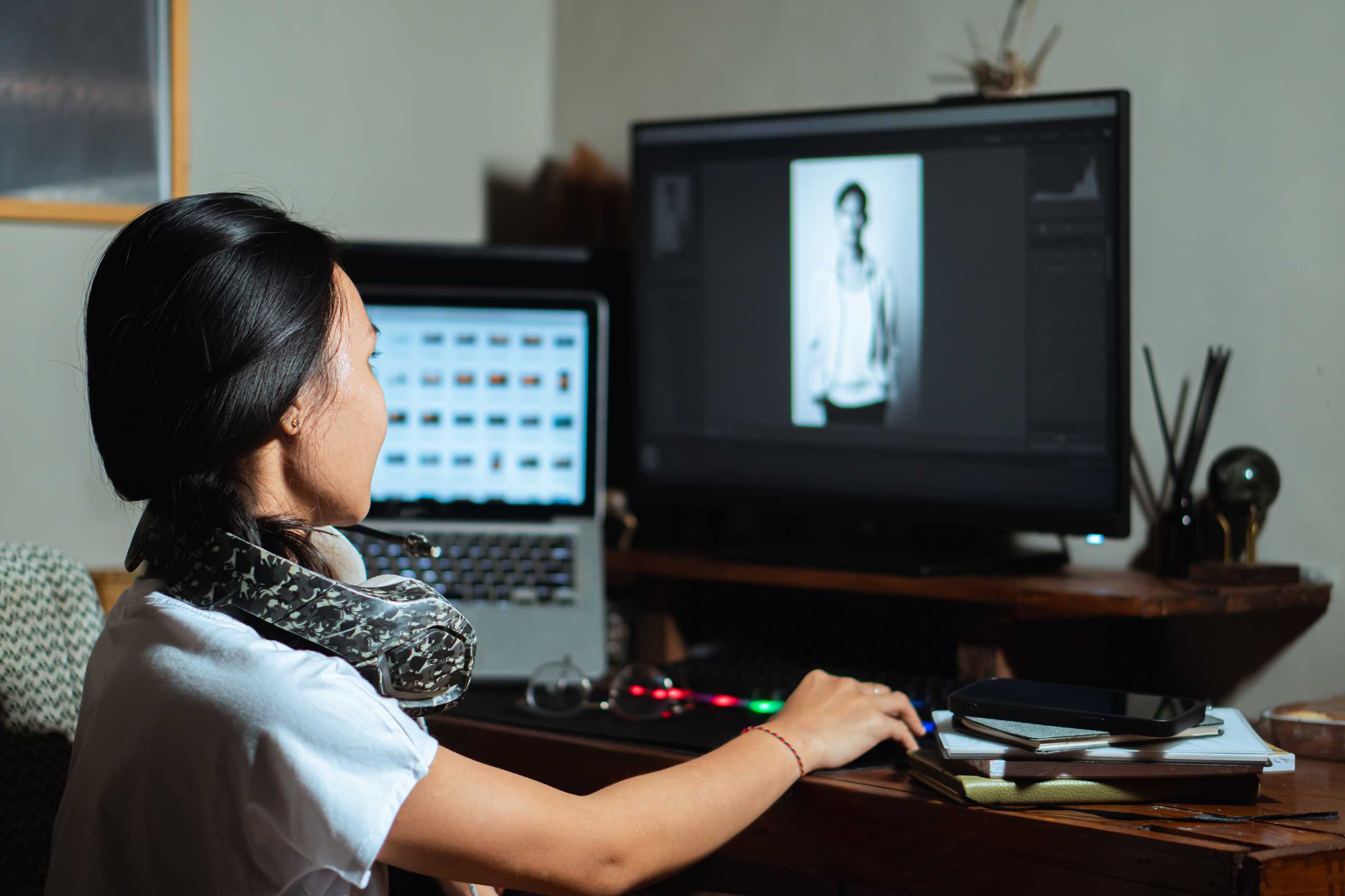In photography, framing is much more than simply placing your subject in the center of the image. It’s the invisible structure that guides the viewer’s eye, sets the mood, and transforms an ordinary photo into a compelling story. Mastering framing can elevate your work from snapshot to art, and it’s a skill every photographer should develop.
Understanding Composition
The first step in creating strong frames is understanding the rules of composition. While there are countless techniques, some fundamental ideas remain timeless:
- Rule of Thirds: Divide your frame into nine equal sections and place your subject along these lines or intersections to create a balanced composition.
- Leading Lines: Use roads, rivers, or architectural elements to guide the viewer’s eye directly to the subject.
- Negative Space: Sometimes what you leave out of the frame is just as important as what you include. Negative space can highlight the subject and evoke emotion.
Creating Depth and Interest
A flat image can feel lifeless, but by layering elements within your frame, you create depth and invite viewers into the scene. Consider foreground, middle ground, and background elements to enrich the narrative of your photograph. Shadows, reflections, and textures all contribute to a more dynamic visual story.
Breaking the Rules
While understanding the rules is essential, photography is also about experimentation. Some of the most striking images are created when you intentionally break traditional framing rules. Off-center subjects, tilted horizons, or unexpected framing can surprise and captivate your audience, giving your work a unique signature.
Practical Tips to Try Today
- Take multiple shots of the same scene, experimenting with different angles and perspectives.
- Use natural or artificial frames like doorways, branches, or windows to add context and focus.
- Step back and observe the scene — sometimes the perfect composition is not what you initially imagined.
Framing is a skill that grows with practice and observation. By paying attention to how you arrange elements within your viewfinder, you can create images that not only capture attention but also tell meaningful stories. The next time you pick up your camera, consider the frame not just as a boundary, but as the canvas for your vision.


